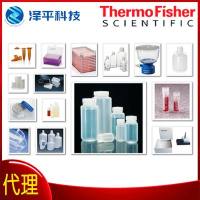Overview of the Pipeline for Structural and Functional Characterization of Macrophage Proteins at the University of Queensland
互联网
互联网
相关产品推荐

Recombinant-Drosophila-melanogaster-CAAX-prenyl-protease-2SrasCAAX prenyl protease 2 EC= 3.4.22.- Alternative name(s): Farnesylated proteins-converting enzyme 2; FACE-2 Prenyl protein-specific endoprotease 2 Protein severas
¥11466

赛默飞世尔Thermo Fisher PIPELINE FILTER 45D 90MM POR 2 货号:T_70310325111
¥1200

Recombinant-Xenopus-tropicalis-Post-GPI-attachment-to-proteins-factor-3pgap3Post-GPI attachment to proteins factor 3 Alternative name(s): PER1-like domain-containing protein 1
¥11424

Recombinant-Danio-rerio-Post-GPI-attachment-to-proteins-factor-3pgap3Post-GPI attachment to proteins factor 3 Alternative name(s): PER1-like domain-containing protein 1
¥11424

Recombinant-Mouse-Post-GPI-attachment-to-proteins-factor-3Pgap3Post-GPI attachment to proteins factor 3 Alternative name(s): PER1-like domain-containing protein 1
¥11424
推荐阅读

